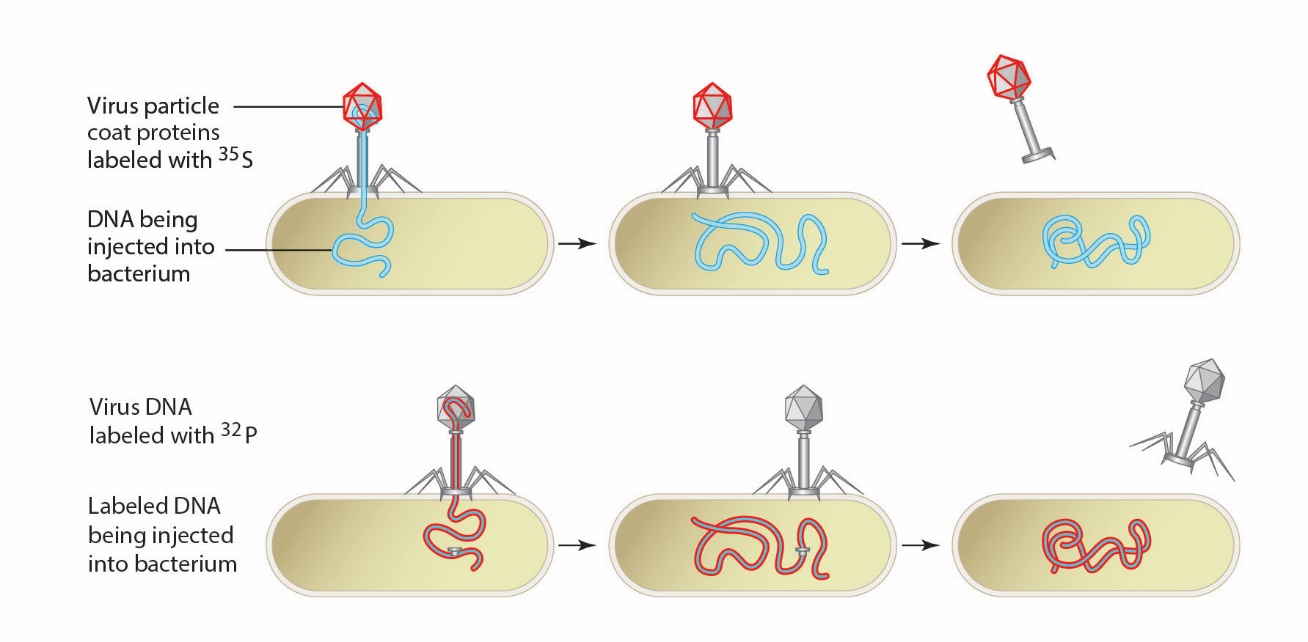A lysogenic bacterium
A. is often a human pathogen.
B. causes lysis of other bacteria on contact.`
C. cannot support the replication of a virulent phage.
D. carries a prophage.
E. is usually not capable of conjugal genetic transfer.
Answer: D. carries a prophage.
You might also like to view...
To conduct a phylogenetic analysis, we need an outgroup to:
A. decide which characters are analogous and which are homologous. B. determine which character states are ancestral and which are derived. C. determine which characteristics to include in our analysis. D. decide which molecular data to use. E. All of the answer options are correct.
The largest mass extinction occurred at the end of the:
A. Ordovician. B. Devonian. C. Permian. D. Triassic. E. Cretaceous.
Food webs model the relationships among species that live in the same environment. Which of the following best illustrates a producer-decomposer relationship in an ecosystem?
A) a ladybug eating aphids B) a vulture eating from a rabbit carcass C) a squirrel eating walnuts D) mushrooms on a tree stump

A. Rhinovirus B. Adenovirus C. Bacteriophage D. HIV E. Rotavirus